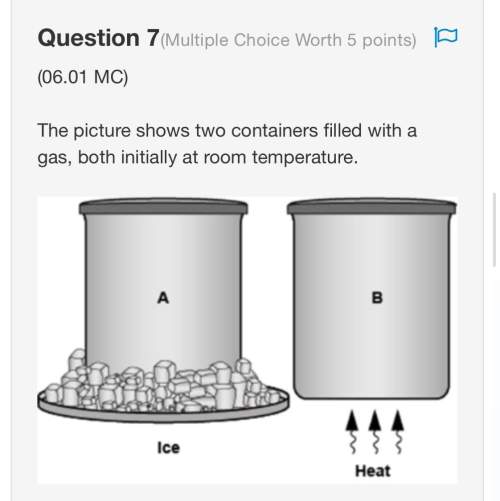
Chemists often use molarity M, in moles/liter, to measure the concentration of solutions. Molarity is a common unit of concentration because the volume of a liquid is very easy to measure. However, the drawback of using molarity is that volume is a temperature-dependent quantity. As temperature changes, density changes, which affects volume. Volume markings for most laboratory glassware are calibrated for room temperature, about 20∘C. Fortunately, there are several other ways of expressing concentration that do not involve volume and are therefore temperature independent.
A 2.400×10−2 M solution of glycerol (C3H8O3) in water is at 20.0∘C. The sample was created by dissolving a sample of C3H8O3 in water and then bringing the volume up to 1.000 L. It was determined that the volume of water needed to do this was 999.0 mLmL . The density of water at 20.0∘C is 0.9982 g/mL.
A. Calculate the molality of the glycerol solution.
B. Calculate the mole fraction of glycerol in this solution.
C. Calculate the concentration of the glycerol solution in percent by mass.
D. Calculate the concentration of the glycerol solution in parts per million.

Answers: 1
Another question on Chemistry

Chemistry, 22.06.2019 09:00
This chart lists four kinds of polymers and their sources. what can be known about all four polymers, despite their differences? they come from living things. they share ionic carbon bonds. they are at least 100 monomers long. they are made of repeating subunits.
Answers: 3

Chemistry, 22.06.2019 12:30
Nebulae are enormous clouds in outer space. they are made mostly of hydrogen gas, helium gas, and dust. some nebulae glow brightly, while others do not. the stars that people see are huge, bright balls of glowing gas. they are made mostly of hydrogen and helium. which statement correctly describes other ways in which nebulae and stars are different? a. stars can form inside a nebula but a nebula can never be produced by any star. b. a star always has a higher density than a nebula. c. stars can never form inside a nebula but a nebula can be produced by any star. d. a nebula always has a higher density than a star.
Answers: 3

Chemistry, 22.06.2019 13:30
1) which of the following is the best example of a physical change? a) sugar dissolving in tea b) firefly glowing 2) in the combustion of ethane, what is/are the reactants? c2h6 + o2 ==> co2 + h2o a) c2h6 and o2 b) co2 and c2h6
Answers: 2

Chemistry, 22.06.2019 19:00
How many liters of ethylene glycol antifreeze (c2h6o2), with a density of 1.100 g/l, would you add to your car radiator containing 15.0 kg of water if you needed to protect your engine to - 21.5°c? for water, kf = 1.86°c m -1.
Answers: 1
You know the right answer?
Chemists often use molarity M, in moles/liter, to measure the concentration of solutions. Molarity i...
Questions


Biology, 30.07.2019 16:10

Advanced Placement (AP), 30.07.2019 16:10




Social Studies, 30.07.2019 16:10

Social Studies, 30.07.2019 16:10

English, 30.07.2019 16:10


Mathematics, 30.07.2019 16:10

English, 30.07.2019 16:10



English, 30.07.2019 16:10

English, 30.07.2019 16:10

Mathematics, 30.07.2019 16:10


English, 30.07.2019 16:10




